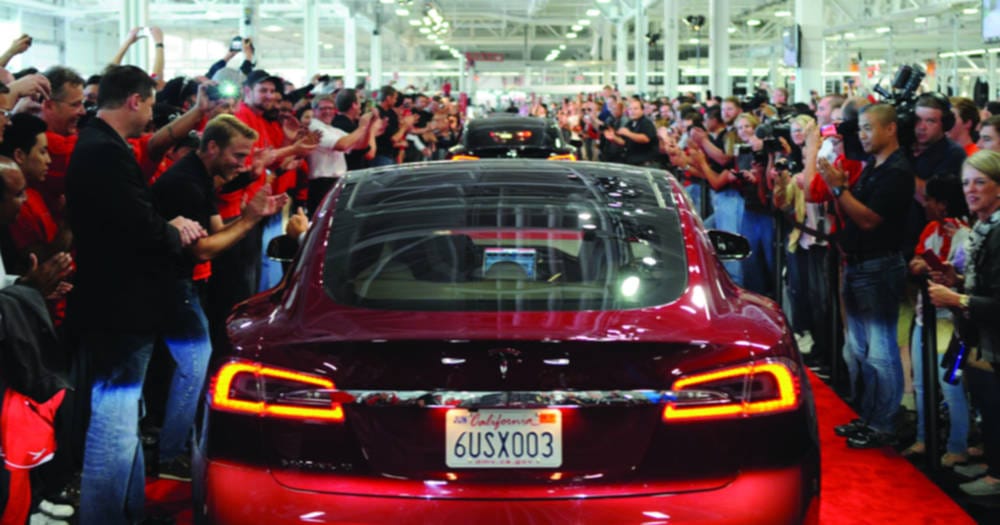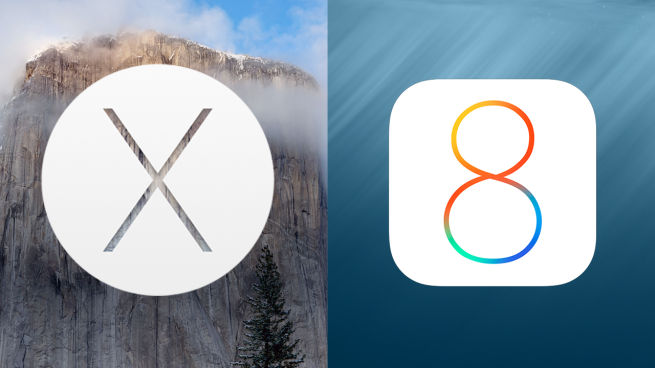A breath of fresh air in an old and stale industry
Chrysostomos Meli discusses the revolution of automobiles lead by Tesla

You don’t have to be a petrolhead to know that the automobile industry hasn’t been the most innovative over the years. Since the introduction of the Model T in 1908, the car has remained largely unchanged. It might have become faster, more reliable and more efficient over those 100 years but no radical new ideas have managed to take hold.
And why should they? People are generally pleased with the way their cars work, and as a result companies aren’t incentivised to change. But despite what consumers think, there are fundamental problems with the way we get around: congestion, long commuting, safety, and the biggest of all – fuel consumption.
Our addiction to fossil fuels is slowly but surely killing our planet, but companies around the world are fighting to bring change and electric car company Tesla is leading the charge.
Understanding the logic and ambition behind Tesla requires that you first understand its founder and CEO Elon Musk. The man behind; PayPal, the company that revolutionised digital payments; SolarCity, an energy provider trying to bring renewable energy into the mainstream; and SpaceX, a rocket manufacturer leading the way in the race to privatise space travel. He is an entrepreneur who is no stranger to innovation. He is currently valued at $9.6 billion and his goal in life seems to be to continuously push the limits of humanity’s technological ambitions.
Tesla is very much one of those ambitions. The company was founded in 2003 and its ultimate goal is to produce an electric vehicle for the average consumer: Certainly a concept easier said than done. Due to the infancy of their technology, batteries for their cars are sold at a similar price to that of an average petrol automobile.
As a result, the company, which unlike other automakers is at its core a child of Silicon Valley, opted to adopt a strategy that was very popular amongst tech companies: Start off by selling high end products aimed at the wealthier consumer and as your technology matures and your manufacturing capabilities grow, release ever cheaper products aimed at the wider public.
The company’s first car, the Tesla Roadster, was a battery powered sports car. Released in 2008, it was the first of its kind and the very first all-electric vehicle to travel more than 200 miles per charge. However, looming over the car was a hefty price tag of £86,950.
The same trend continued in 2012 with the introduction of the Model S, the luxury sedan competing in a market ruled by petrol giants such as BMW and Mercedes. The base model is currently priced at £50,000 and is capable of 285 miles per charge – topping its predecessor’s record.
Despite the stiff competition, the car has sold incredibly well across every market it was introduced in. It was even responsible for Tesla’s first ever positive quarterly revenue report in ten years, bringing in profits of $11.2 million in May 2013. That might not sound like much, but from that point on investors have looked at the company as a market leader rather than an outsider, helping its stock price to skyrocket over the last year.
Tesla’s philosophy isn’t to sell battery-powered cars just because they believe they are better for the environment, they want to sell battery-powered cars because they believe they are better… period.
This couldn’t be more apparent with Musk’s announcement earlier this month in California. The company is bringing some very exiting changes to its Model S line. The car’s top-of-the-line models now come with an extra D in their name, which stands for double motors - one for the front wheels and one for the back. This, coupled with a very fast digital power management system between the two motors, has given the car an acceleration boost that is treading into supercar territory. The top of the line Model S P85D is able to accelerate from 0-60 miles per hour in 3.2 seconds. To put that in perspective, this is the same time it takes the new Lamborghini Huracán to reach 62 miles per hour from a standing start.
But insane acceleration was not the only thing Musk pulled out of his hat that day. Tesla introduced the most advanced autonomous driving system you are currently legally able to use on the street. By retrofitting its vehicles with 3 different types of sensors, it is able to drive by itself on the highway, monitoring and responding to everything around it.
This brings Tesla on-par with what other manufacturers are offering for their cars with one exception – you can get out of your Model S and it can park itself at your home. You can even hail it when on private property and it will come to you with the air-conditioning on and your favorite tunes playing on the stereo.
Tesla still has a long way to go before it convinces everyone that electric-powered cars are the way to go, but judging from the shear amount of electric vehicles coming out from its otherwise petrol-driven competitors, the smell of change, as opposed to burning petrol, is in the air.






